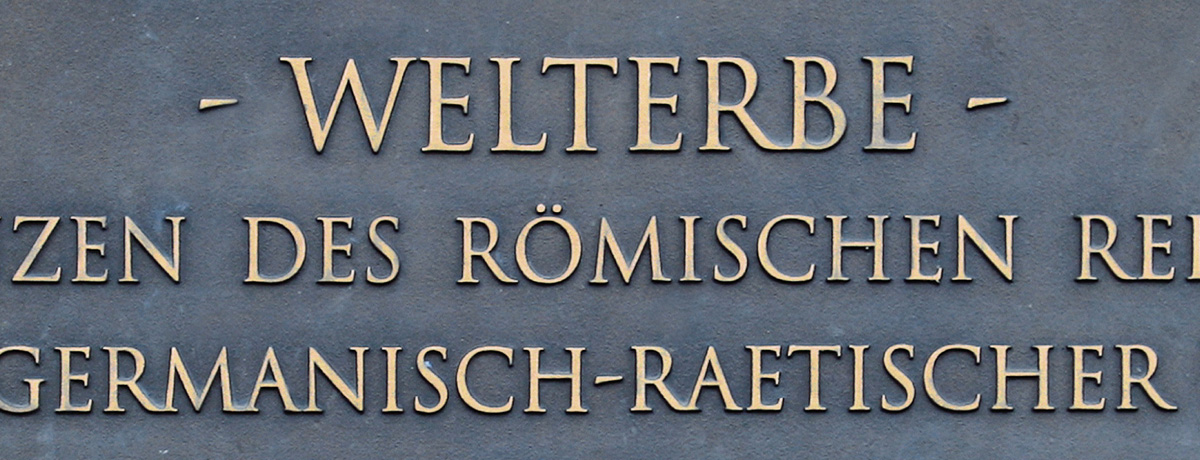FROM WORLD HERITAGE SITE TO THE WORLD HERITAGE CLUSTER “FRONTIERS OF THE ROMAN EMPIRE”
When the Upper German-Raetian Limes was inscribed on the UNESCO World Heritage List in 2005 as an extension of Hadrian’s Wall, a serial transnational World Heritage Site was established. The Antonine Wall was also added to this group in 2008, and together, these three sections form the World Heritage Site “Frontiers of the Roman Empire” (FRE).
According to the plan at that time, additional future sections were planned to complement this existing World Heritage Site. However, the World Heritage Committee and the International Council on Monuments and Sites (ICOMOS) were concerned about the challenges this would present regarding the management of such a large site. The procedure was therefore altered and both the “Lower German Limes” and the “Danube Limes (Western Section)” were inscribed as independent transnational World Heritage Sites. Together with the existing World Heritage site “Frontiers of the Roman Empire”, which includes Hadrian’s Wall, the ORL and the Antonine Wall, they now form the World Heritage Cluster “Frontiers of the Roman Empire”. As a result, there is now one and the same designation for a serial transnational World Heritage Site and a unique World Heritage Cluster. Another result is that there are now three registered UNESCO World Heritage sites for the Limes in Germany. Since the renaming of a World Heritage Site which encompasses three major sections and two states is not an easy undertaking, it will remain as is for the time being. To distinguish the varying elements, we therefore speak of the World Heritage Site FRE (HW, ORL, AW) and the World Heritage Cluster FRE.
With the inscription of the Lower German Limes and the Western Danube Limes on the UNESCO World Heritage List, the entire outer Limes in Germany is now a World Heritage Site, achieving a crucial milestone. There is, however, still a long way to go before the entirety of the approximately 9000km long border of the Roman Empire spanning the Mediterranean can claim this status.
Additional information: C. Sebastian Sommer, Quo vadis, Welterbe "Grenzen des Römischen Reiches". Der LIMES. Nachrichtenblatt der Deutschen Limeskommission 2021/2, 38-41.



